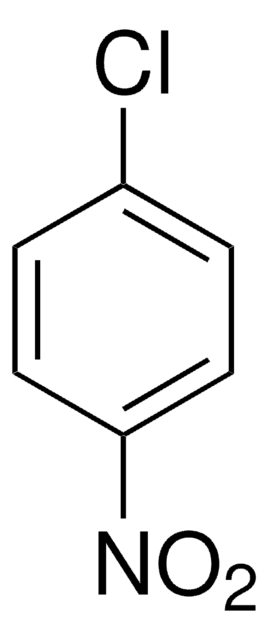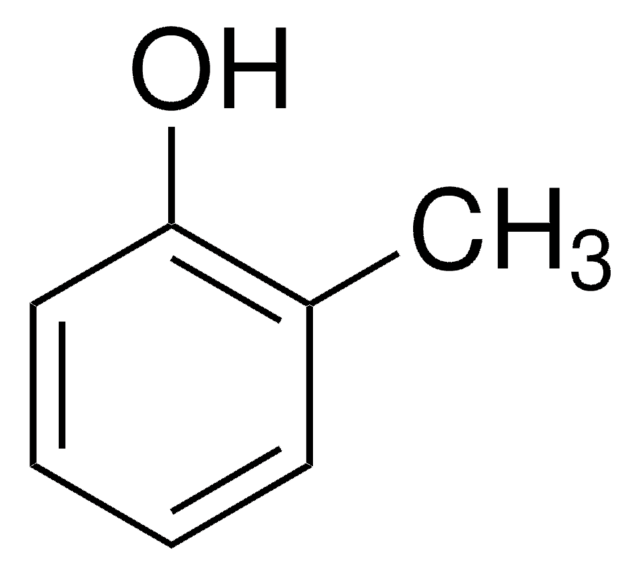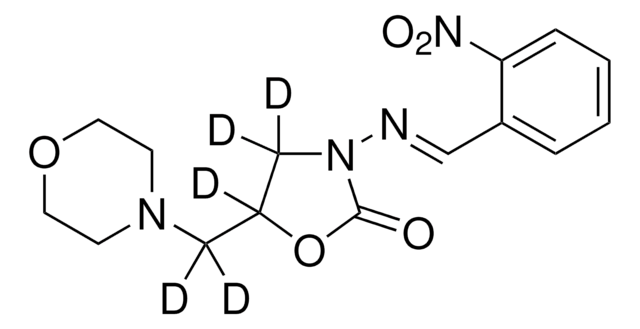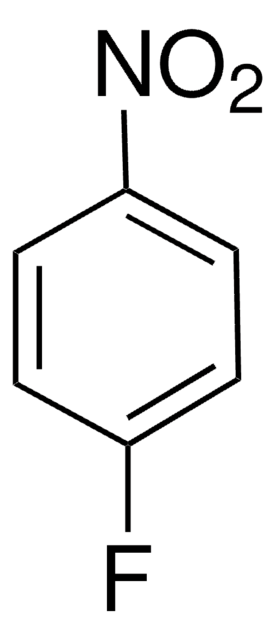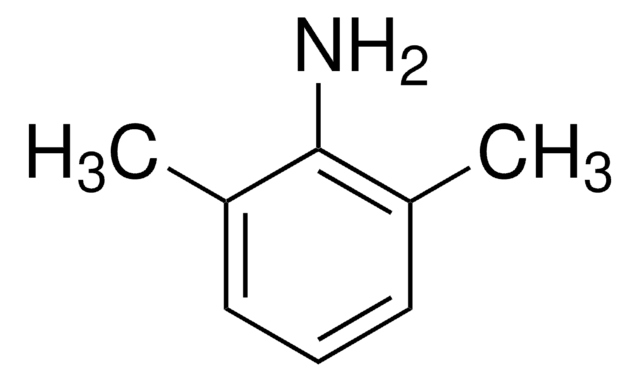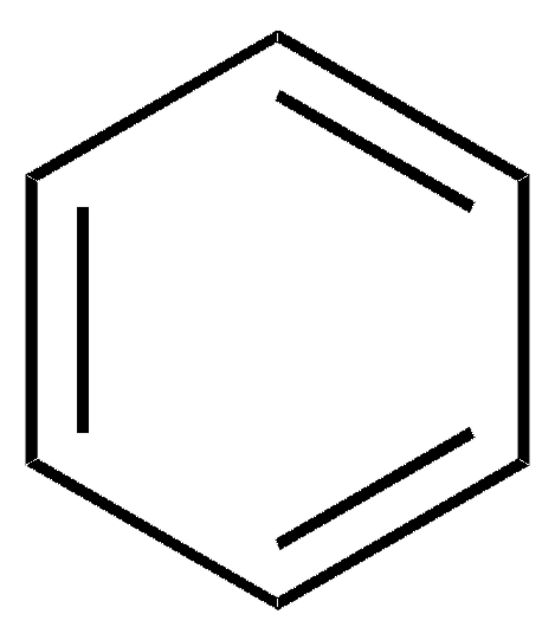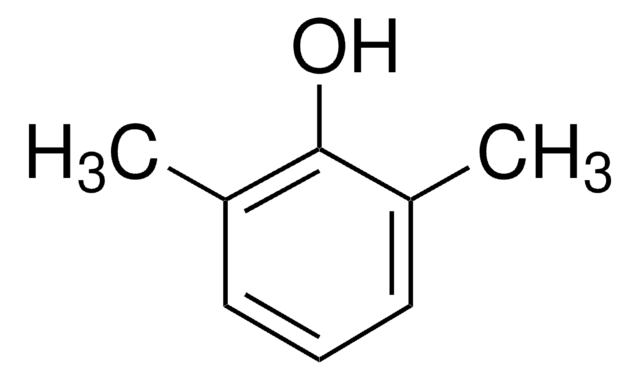推荐产品
等级
analytical standard
质量水平
蒸汽密度
5.4 (vs air)
蒸汽压
0.09 mmHg ( 25 °C)
保质期
limited shelf life, expiry date on the label
技术
HPLC: suitable
gas chromatography (GC): suitable
沸点
242 °C (lit.)
mp
80-83 °C (lit.)
密度
1.298 g/mL at 25 °C (lit.)
应用
cleaning products
cosmetics
environmental
food and beverages
personal care
包装形式
neat
SMILES字符串
[O-][N+](=O)c1ccc(Cl)cc1
InChI
1S/C6H4ClNO2/c7-5-1-3-6(4-2-5)8(9)10/h1-4H
InChI key
CZGCEKJOLUNIFY-UHFFFAOYSA-N
正在寻找类似产品? 访问 产品对比指南
应用
警示用语:
Danger
危险分类
Acute Tox. 3 Dermal - Acute Tox. 3 Inhalation - Acute Tox. 3 Oral - Aquatic Chronic 2 - Carc. 2 - Muta. 2 - STOT RE 2
储存分类代码
6.1A - Combustible acute toxic Cat. 1 and 2 / very toxic hazardous materials
WGK
WGK 3
闪点(°F)
255.2 °F - closed cup
闪点(°C)
124 °C - closed cup
个人防护装备
dust mask type N95 (US), Eyeshields, Faceshields, Gloves, type P2 (EN 143) respirator cartridges
法规信息
我们的科学家团队拥有各种研究领域经验,包括生命科学、材料科学、化学合成、色谱、分析及许多其他领域.
联系技术服务部门